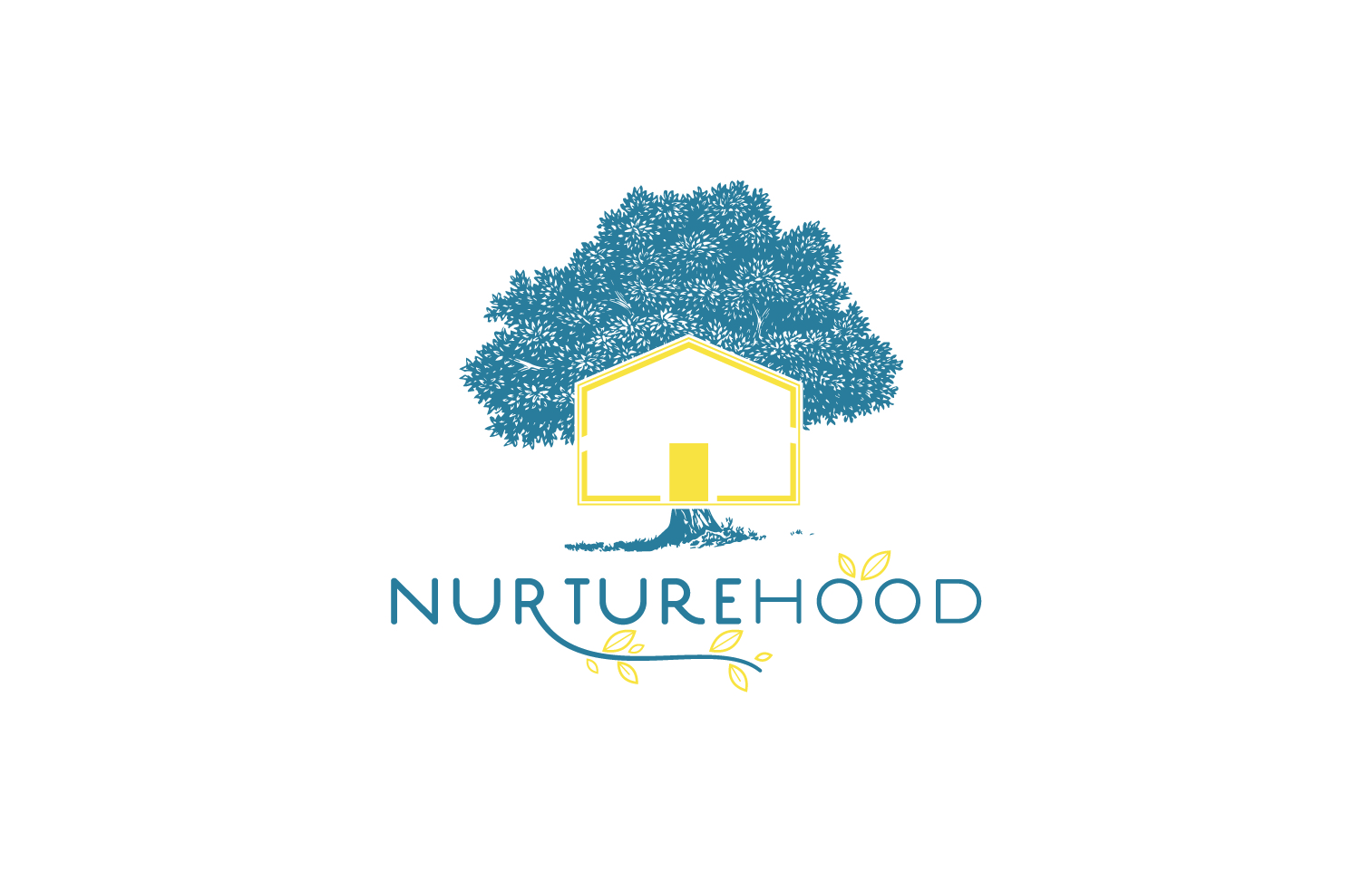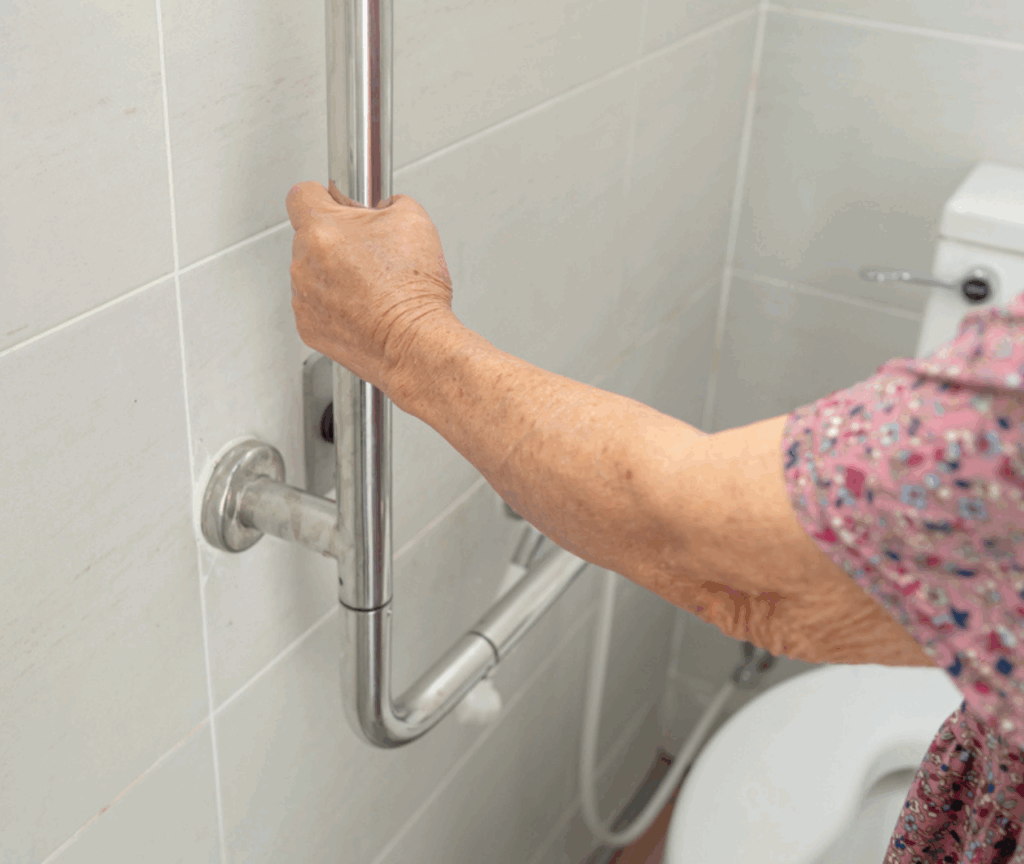A safe and comfortable home environment is essential for seniors to maintain independence, confidence, and quality of life. As mobility and balance change with age, making thoughtful safety modifications around the home can greatly reduce the risk of accidents and create a space that supports thriving at every stage of life. National Safe At Home Week is a perfect time to explore practical changes that empower seniors to live securely and comfortably in their own homes.
Why Home Safety Matters for Seniors
Falls and injuries in the home are a leading cause of health complications among older adults. Simple modifications can prevent accidents before they happen and provide peace of mind for both seniors and their loved ones. A well-designed home promotes ease of movement, reduces hazards, and encourages an active lifestyle.
Beyond physical safety, an accessible and well-organized home helps seniors maintain routines, manage daily tasks independently, and enjoy their surroundings without unnecessary stress.
Key Home Safety Modifications
1. Improve Lighting
Proper lighting enhances visibility and prevents trips or falls. Adding bright, glare-free lighting in hallways, staircases, bathrooms, and entrances can make a big difference. Night lights in bedrooms and along pathways help seniors navigate safely after dark.
2. Install Grab Bars and Handrails
Grab bars near toilets, showers, and bathtubs provide support when sitting or standing. Sturdy handrails on both sides of staircases offer balance assistance. These fixtures can prevent falls and give seniors the confidence to move safely.
3. Remove Tripping Hazards
Clutter, loose rugs, electrical cords, and uneven flooring are common trip hazards. Keeping walkways clear, securing rugs with non-slip backing, and repairing or covering uneven surfaces help create safer pathways.
4. Use Non-Slip Mats and Flooring
Bathrooms and kitchens are especially prone to slips due to water spills. Non-slip mats and textured flooring reduce the risk. For added safety, consider flooring materials that cushion falls, such as cork or rubber.
5. Adjust Counter and Storage Heights
Rearranging commonly used items within easy reach minimizes bending or stretching, which can be risky. Installing pull-out shelves and using step stools with handrails promote safe access to storage spaces.
6. Upgrade Bathroom Features
Walk-in showers with low thresholds or walk-in tubs improve accessibility. Shower chairs and handheld showerheads allow for comfortable, secure bathing. Lever-style faucets are easier to operate for seniors with arthritis or limited hand strength.
7. Ensure Emergency Preparedness
Easy access to emergency numbers and devices such as medical alert systems provide quick assistance if needed. Keeping phones in multiple rooms or using wearable communication devices enhances safety.
Supporting Mobility and Independence
Home modifications are most effective when tailored to individual needs and abilities. Consulting with occupational therapists or home safety specialists can help identify personalized solutions.
Encouraging seniors to remain physically active strengthens balance and flexibility, complementing home safety efforts. Walking aids, ramps, and stair lifts are valuable additions for those with mobility challenges.
Smart Home Technologies for Added Safety
Modern technology offers innovative tools to enhance home safety. Motion-sensor lights activate automatically, reducing dark spots. Voice-controlled assistants can help seniors manage tasks hands-free and call for help if necessary.
Smart smoke and carbon monoxide detectors provide early warnings, and security cameras offer peace of mind. These devices can be easily integrated and customized to fit a senior’s lifestyle.
Creating a Comfortable and Inviting Space
Safety modifications need not compromise comfort or style. Thoughtful design can blend functionality with warmth. Soft colors, organized layouts, and ergonomic furniture make the home inviting and easy to navigate.
Adding personal touches such as photographs, plants, and favorite decor supports emotional well-being and makes the home a true sanctuary.
Encouraging Family Involvement and Support
Family members play a key role in maintaining a safe home environment. Open communication about needs and preferences helps seniors feel respected and empowered. Participating in safety assessments and home improvement projects can strengthen bonds and provide reassurance.
Professional caregivers can also assist in monitoring safety and supporting daily activities, ensuring ongoing well-being.
Conclusion
National Safe At Home Week highlights the importance of creating secure, comfortable living spaces where seniors can thrive. Through practical home modifications, smart technology, and supportive relationships, seniors can enjoy greater independence, confidence, and peace of mind.
Taking proactive steps to improve home safety fosters not only physical health but also emotional comfort, helping seniors embrace each day with joy and freedom in the comfort of their own home.

